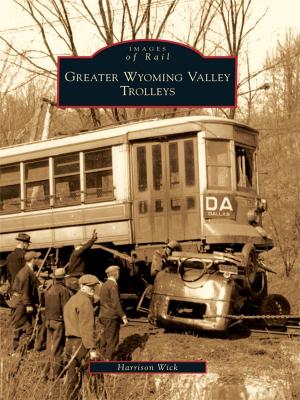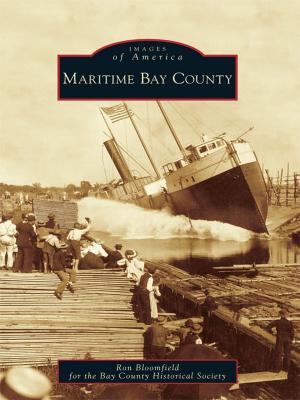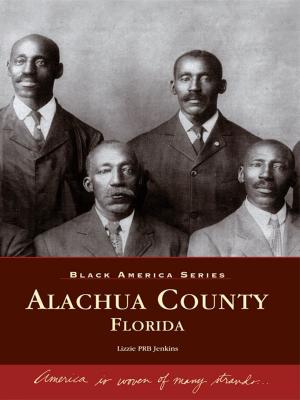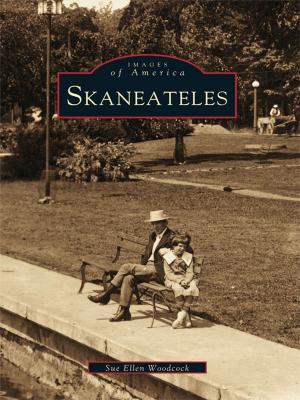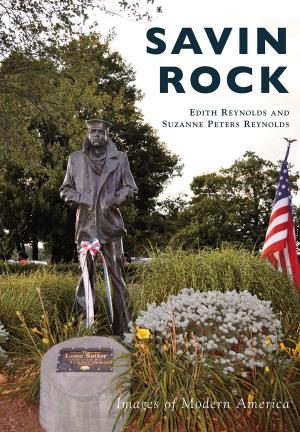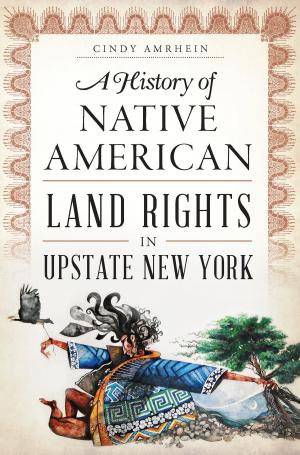| Author: | Doris Woods Owens | ISBN: | 9781439619636 |
| Publisher: | Arcadia Publishing Inc. | Publication: | March 23, 2009 |
| Imprint: | Arcadia Publishing | Language: | English |
| Author: | Doris Woods Owens |
| ISBN: | 9781439619636 |
| Publisher: | Arcadia Publishing Inc. |
| Publication: | March 23, 2009 |
| Imprint: | Arcadia Publishing |
| Language: | English |
In 1787, before Concord or Farragut existed, the area was known as Campbell�s Station. The settlement grew rapidly, and by 1840, it was a thriving, self-sufficient community with many businesses. In the mid-1850s, the town of Concord was established two miles south of Campbell�s Station along the newly installed railroad lines, drawing many businesses from Campbell�s Station. Concord prospered, but Campbell�s Station remained peaceful farmland. In 1902, Farragut High School was built in Campbell�s Station. The school and the post office were the glue that held the west Knox County communities together. By 1944, nearly one-third of Concord was displaced by the impoundment of Fort Loudoun Lake. Soon Campbell�s Station�s sprawling farms became subdivisions, and Concord�s businesses, churches, and even the post office were forced to relocate to Campbell�s Station, leaving Concord a sleepy village. In 1980, a large area around the school but excluding Concord was incorporated as the town of Farragut.
In 1787, before Concord or Farragut existed, the area was known as Campbell�s Station. The settlement grew rapidly, and by 1840, it was a thriving, self-sufficient community with many businesses. In the mid-1850s, the town of Concord was established two miles south of Campbell�s Station along the newly installed railroad lines, drawing many businesses from Campbell�s Station. Concord prospered, but Campbell�s Station remained peaceful farmland. In 1902, Farragut High School was built in Campbell�s Station. The school and the post office were the glue that held the west Knox County communities together. By 1944, nearly one-third of Concord was displaced by the impoundment of Fort Loudoun Lake. Soon Campbell�s Station�s sprawling farms became subdivisions, and Concord�s businesses, churches, and even the post office were forced to relocate to Campbell�s Station, leaving Concord a sleepy village. In 1980, a large area around the school but excluding Concord was incorporated as the town of Farragut.

